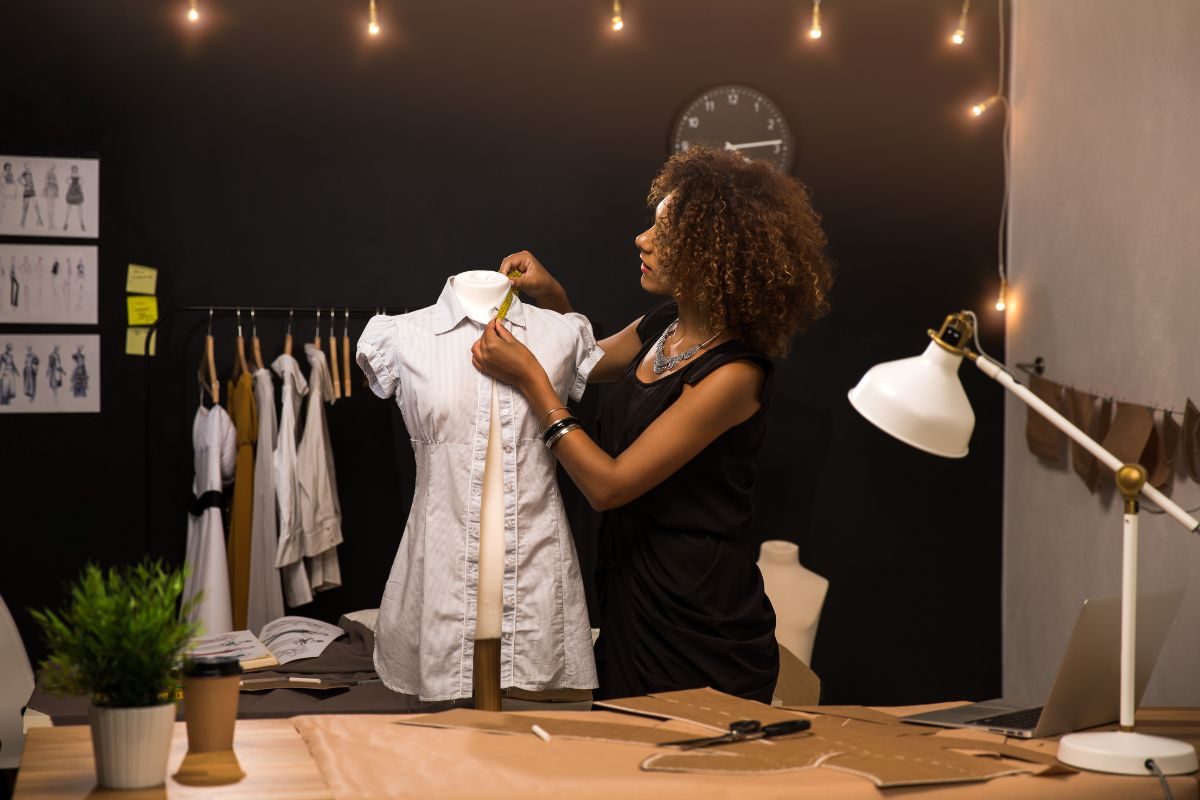Sourcing a reliable clothing manufacturer is a pivotal step for any fashion entrepreneur or brand. The right manufacturer can transform your creative designs into high-quality, market-ready garments, while the wrong choice can lead to delays, quality issues, and financial setbacks. In this comprehensive guide, we’ll share insider insights and strategies to help you source a dependable clothing manufacturer.
Chapter 1: Define Your Requirements
Before diving into the search for a clothing manufacturer, it’s essential to establish your specific requirements: Product Type: Clearly define the type of clothing you plan to manufacture, such as casual wear, sportswear, or formal attire.
Production Volume: Determine the scale of production, whether it’s small batches, medium-scale orders, or large quantities.
Quality Standards: Set quality benchmarks and expectations for your garments to maintain your brand’s reputation.
Budget Constraints: Establish a realistic budget that includes not only manufacturing costs but also sampling, shipping, and potential contingencies. A well-defined plan will guide your search and assist you in finding a manufacturer that aligns with your unique needs.
Chapter 2: Research and Compile a List
Initiate your search by conducting thorough research:
Online Resources: Utilize industry-specific directories, trade publications, and fashion forums to identify potential clothing manufacturers.
Networking: Attend fashion trade shows, industry events, and exhibitions to connect with manufacturers and gather information.
Referrals: Seek recommendations from industry peers or contacts who have experience working with manufacturers. Compile a list of manufacturers that seem to match your requirements, considering factors like location, specialization, and reputation.
Chapter 3: Assess Credibility and Reputation
Once you have a list of potential manufacturers, it’s time to verify their credentials and reputation:
Experience: Assess the manufacturer’s experience in the fashion industry, including the duration of their operations and past projects.
Client References: Request client references and communicate with previous and current clients to gain insights into their experiences.
Certifications: Determine if the manufacturer holds any certifications related to quality, sustainability, or ethical practices. Online Presence: Examine online reviews, testimonials, and their social media presence to gauge their reputation.
Chapter 4: Evaluate Production Capabilities
Contact the manufacturers on your list to initiate discussions about your project. During these conversations, inquire about their production capabilities:
Technology and Equipment: Ask about the technology, machinery, and equipment they use in their production process. Minimum Order Quantities (MOQs): Clarify MOQs to ensure they are aligned with your business requirements.
Lead Times: Discuss lead times for production, including sampling and prototyping. This step is vital for identifying manufacturers capable of efficiently handling your production needs.
Chapter 5: Price and Terms Negotiation
Request detailed price quotes from the manufacturers you are considering. It’s crucial to understand their pricing structures, payment terms, and any additional costs like shipping and duties. Be prepared to negotiate terms to ensure they align with your budget and business model.
Chapter 6: Visit the Facilities (If Possible)
Whenever feasible, arrange a visit to the manufacturing facilities of your top choices. This firsthand experience will provide valuable insights into their working conditions, quality control processes, and overall operations. It’s also an opportunity to build trust and evaluate their commitment to ethical and sustainable practices.
Chapter 7: Review Contracts and Agreements
Before finalizing your decision, meticulously review all contracts and agreements. Ensure that all terms, expectations, and responsibilities are explicitly outlined. If needed, seek legal counsel to protect your interests.
Chapter 8: Start with Small Orders
If you’re partnering with a manufacturer for the first time, consider initiating the relationship with a smaller order. This serves as a trial run, allowing you to evaluate their capabilities and quality before committing to larger volumes.
Chapter 9: Maintain Open Communication
Effective and ongoing communication with your chosen manufacturer is essential for a successful partnership. Regularly check in on the progress of your orders, address any issues or concerns promptly, and foster a collaborative relationship.
Chapter 10: Building a Long-Term Relationship
Building a strong, long-term relationship with your clothing manufacturer can lead to mutual growth and success. Provide feedback, collaborate on improvements, and explore opportunities for innovation together. By following the insights and strategies outlined in this insider’s playbook, you can approach the process of sourcing a reliable clothing manufacturer with confidence and increase your chances of establishing a productive and enduring partnership.
















